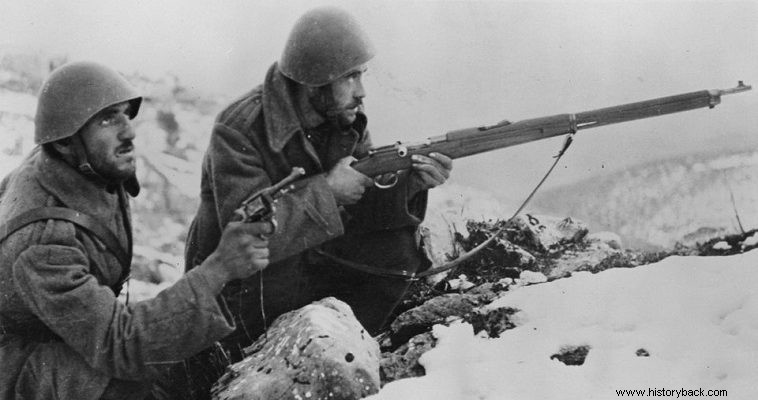
The Mannlicher is the weapon that has associated its name with the greatest victories of the Greek Army in the 20th century. It was used from 1912 to 1941 by the army. The first rifles and Arabids of the type were received in 1906, having been ordered by the government of Theotokos, in the context of the decision to reorganize the Greek Army after the shameful defeat of 1897.
The first orders concerned 130,000 M-1903 rifles and were purchased from the Austrian company Steyr. In 1921, model rifles, M-1903/14, were purchased. In 1925, 100,000 Italian-made were purchased from Breda. In 1930, some M-1903/14, S-30 model rifles and Arabids were purchased.
The Greek Mannlicher had a caliber of 6.5 mm. For this reason they were unique and remained known as "Greek Mannlicher". The M-1903 weighed 3.77 kg and the M-1903/14 3.83 kg. The Arabids were lighter, weighing, respectively, 3.53 and 3.58 kg.
The rifles were 1,225 m long and the Arabids 1,025 m long. The Mannlicher operated with a mobile breech system and had a five-round rotary magazine, which was also its great advantage, as it increased speed and reduced the risks of jamming.
The Greek Army modified the long bayonets of the old Gras rifles, which they adapted to the Mannlicher. The sight of the Greek soldiers charging in brandishing their rifles with their long bayonets, shouting "Air", was a particularly terrifying sight for any opponent.
The Mannlicher was an excellent rifle with great accuracy. A well-trained man could fire at least 15 rounds per minute. The exit velocity of the ball from the barrel was 678 meters per second. Its effective range was 600 m while the inclinoscope had graduations up to 2,000 m.
A plan to modify the rifle proposed by Reserve Second Lieutenant Rigas Rigopoulos, which would have given it the ability to fire semi-automatically, did not proceed due to the German invasion.




